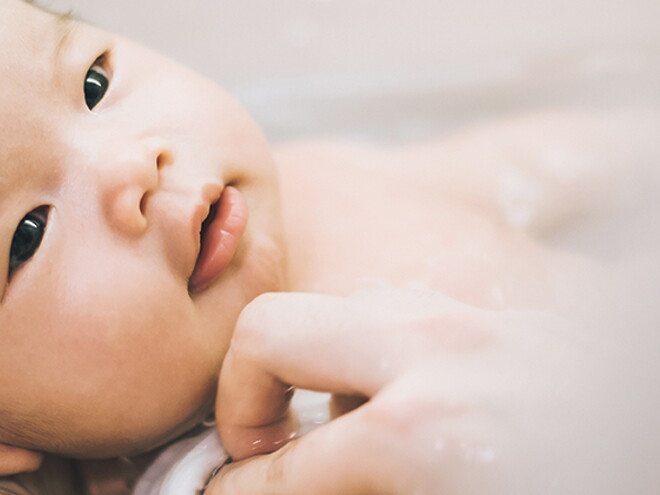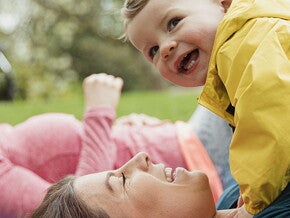
Newborn Care: Essential Tips for New Parents
Caring for a newborn can be both a rewarding and daunting experience for new parents. Understanding the basics of newborn care is crucial for ensuring your little one is healthy, happy, and comfortable.
Bath time checklist: how to bathe a newborn
You don’t need to wash your baby every day; for the first few weeks, it may be easier to top and tail instead. A bath two to three times a week is generally sufficient to keep your newborn clean. However, if you both enjoy the bonding time, you can bathe your baby daily. Here’s a checklist to ensure bath time is safe and enjoyable:
- Preparation: Choose a warm, comfortable room. Gather the following items: a baby bath or clean washing-up bowl, a clean diaper, clean towels, a bowl of cooled boiled water, clean clothes, a bath thermometer, and cotton balls.
- Water Temperature: Fill the bath to about 8-10cm deep. Always run cold water first, then add hot, swishing it around to avoid hot spots. The temperature should not exceed 38°C. Test the water with your elbow before placing your baby in.
- Bathing Steps:
- Undress your baby down to their diaper and keep them wrapped in a towel while washing their face and eyes.
- Use cotton balls moistened with cooled boiled water to clean your baby’s eyes from the inside outward, using a new cotton ball for each eye.
- Support your baby’s head and shoulders while gently lowering them into the bath. Use one hand to hold them securely and the other to wash them gently.
- Rinse and dry your baby carefully, paying attention to all creases.
- After Bath Care: Wrap your baby in a towel, cover their head, and pat them dry. Dress your baby in clean clothes and consider a light blanket, as newborns lose heat quickly.
Bathing hacks: how to top and tail a newborn
For the first few weeks, top and tailing is an effective way to keep your newborn clean without a full bath. This method involves washing your baby’s face, neck, hands, and bottom.
- Gather Supplies: You will need a bowl of cooled boiled water, a bowl of warm water, cotton balls or pads, a fresh diaper, clean clothes, and towels.
- Topping: Wash your baby’s face, neck, and hands using a new cotton ball for each area. Keep the umbilical cord stump clean and dry.
- Tailing: Remove the diaper and clean your baby’s bottom and genital area with warm water. Pat dry and dress your baby in clean clothes.
How to help baby reflux
Reflux is common in newborns, but there are several strategies to help manage it:
- Feeding Position: Ensure your baby’s head and body are in a straight line during breastfeeding. When bottle-feeding, hold your baby fairly upright.
- Burping: Take breaks during feeds to burp your baby. Keep them upright after feeding and avoid placing them in a car seat or bouncer immediately after eating.
- Diet Considerations: If breastfeeding, avoid changing your diet unnecessarily. Consult your healthcare provider about probiotics, as they may help balance your baby’s gut bacteria.
- Monitoring Symptoms: If reflux symptoms persist or if your baby is not gaining weight, consult your healthcare provider.
Disposable-diaper-changing routine
Changing diapers can be a routine task, but it’s essential to do it properly to ensure your baby’s comfort:
- Preparation: Gather all necessary items: changing mat, clean towel, clean diaper, cotton balls, and barrier cream.
- Changing Process:
- Place your baby on the changing mat and keep an eye on them.
- Undo the dirty diaper and clean your baby’s bottom with wet cotton balls or wipes.
- Pat dry and place a clean diaper under them, applying barrier cream if necessary.
- Post-Change Care: Always wash and moisturize your hands after every diaper change.
Ready for finger-feeding?
Around 8 months old, your baby will begin to grasp and pick up small pieces of food. Encourage this development by offering small, bite-sized pieces of soft-cooked vegetables or fruits.
- Set the Scene: Ensure your child is seated and supervised while eating. Use stable plates and bowls to make picking up food easier.
- Food Choices: Start with textures that dissolve quickly and avoid foods that pose a choking hazard. As your baby becomes more skilled, gradually introduce more textured snacks.
- Snacks: Babies have small tummies, so mini-meals or small snacks are ideal. Choose snacks that dissolve easily and help your baby learn to mash and chew.
Caring for a newborn involves learning and adapting to your baby’s needs. From bathing and managing reflux to diaper changing and introducing finger-feeding, each aspect is crucial for your baby’s well-being.
Join Familynes today to access personalized materials and benefits tailored to your family’s needs. Together, let’s ensure your parenting journey is as smooth and enjoyable as possible!
SOURCES:




















